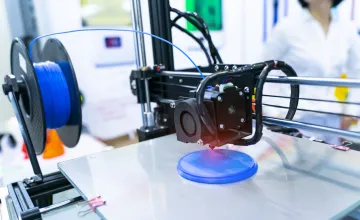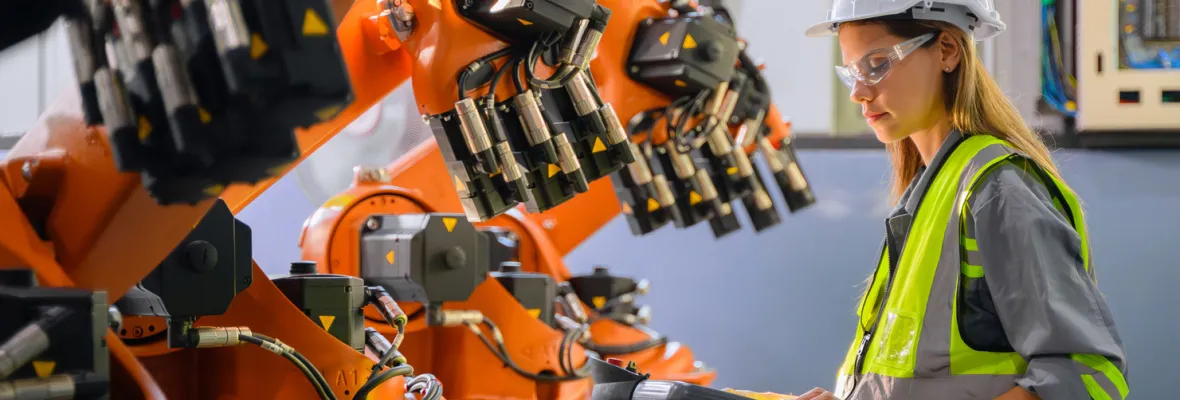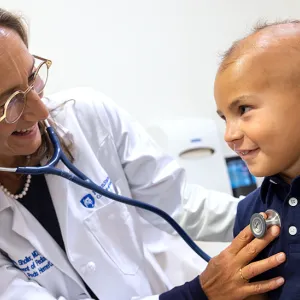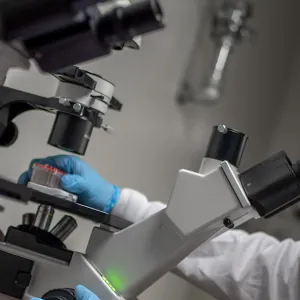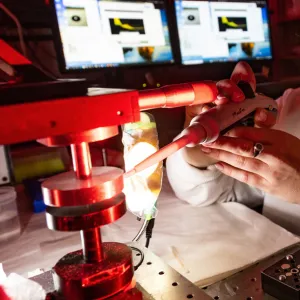America's Leading Research Universities...
are conducting federally funded scientific research that creates advanced technologies essential to U.S. innovation and manufacturing, fueling local businesses and creating jobs.
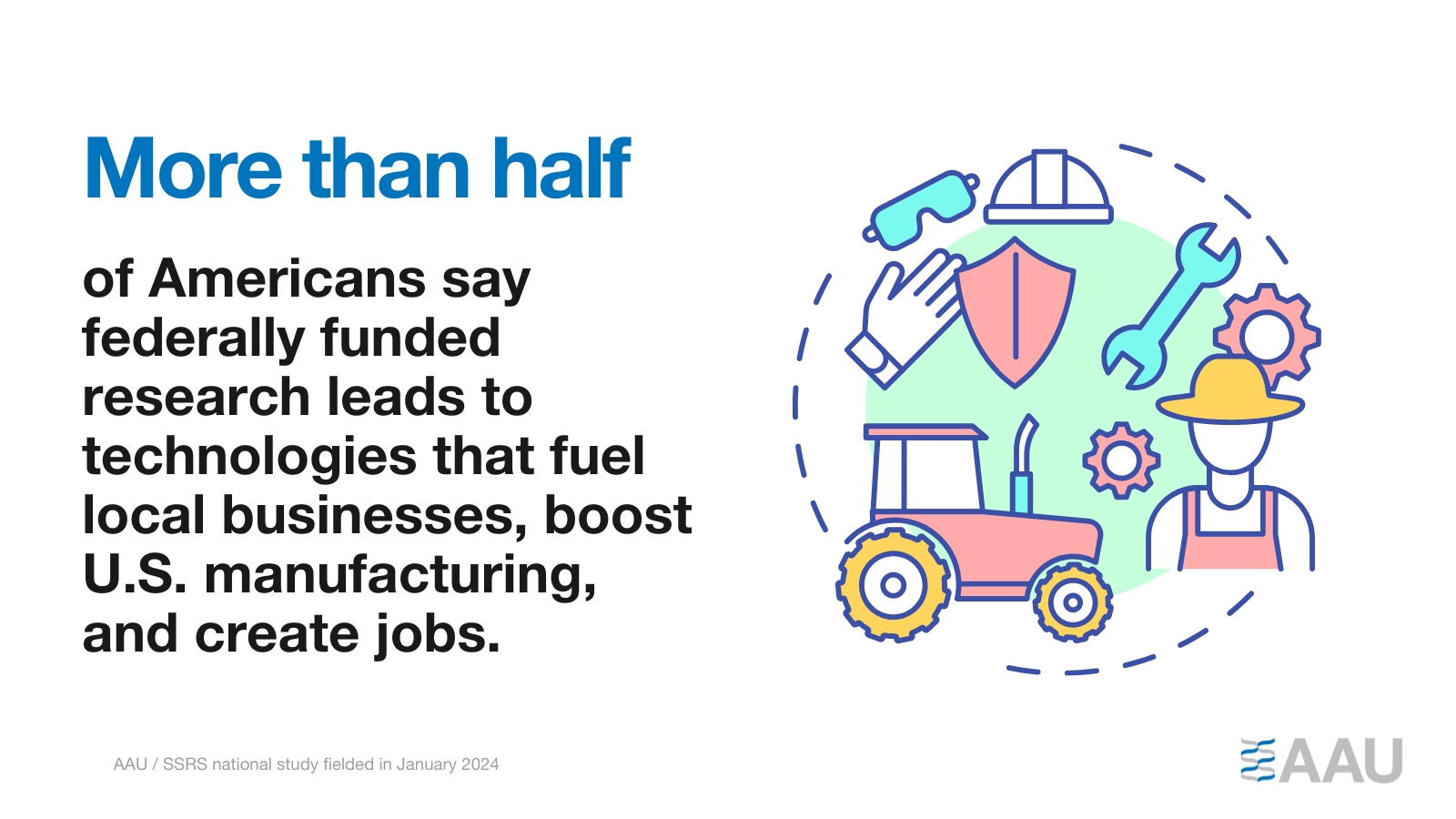 Fostering Start-Up Businesses and Jobs
Fostering Start-Up Businesses and Jobs
The transfer of new research-university-developed technologies to private markets was responsible for the formation of up to 17,000 startup businesses and the support of 6.5 million jobs between 1996 and 2020.
The innovations coming out of research universities during that time also led to up to
- 495,000 new inventions,
- 126,000 new patents,
- and added up to $1.9 trillion to U.S. gross industrial output.
Developing New Technologies
Many of the innovations that we take for granted today, like the advanced technologies that make up the cars and trucks we drive, came about because of discoveries made across years of federally funded research. Similarly the technologies that make our smartphones possible had their origins in university research that stretches back decades.
Just a few recent technological innovations being developed by scientists at America's leading research universities include:
- At UCLA, researchers are helping lower the cost of, and boost availability of, high-capacity batteries.
- Earlier this summer, advanced materials and manufacturing researchers at the University of Notre Dame, together with colleagues from other institutions, announced they have devised a revolutionary ink-based manufacturing method that could finally make feasible the large-scale and cost-effective manufacturing of highly efficient thermoelectric devices. This is a key discovery because everything that consumes energy --power plants, factories, car engines-- produces heat, much of which is wasted. Thermoelectric devices could capture this wasted heat and convert it into electricity, but their manufacture has been prohibitively costly and complex.
- A University at Buffalo-led research team is developing innovative new catalysts that aim to turn byproduct methane emissions into useful and valuable commercial products. Numerous industries where methane is a byproduct might benefit-- from natural gas and crude oil producers, livestock farmers, landfilling, and coal mining.
- Purdue University researchers have created groundbreaking patent-pending methods to dynamically manipulate the shape of a gas flame -- from stable to oscillating to agitated-- using electric fields and electrode configurations to control its heat release. The innovations could have profound effects for manufacturers of gas turbines for aircraft engines as well as electric power generation, industrial burners, as well as home furnaces and water heaters.
America's leading research universities were granted the majority of all utility patents issued to the top 100 U.S. patent grantee universities in 2022.
Onshoring: Supporting U.S. Leadership in Advanced Manufacturing
Nine of America’s leading research universities from Illinois, Indiana, Michigan, and Ohio collaborate in the Midwest Semiconductor Network, which supports the domestic development of semiconductor nanofabrication facilities in the Midwest as well as broader, national efforts to promote U.S. leadership in semiconductors and microelectronics manufacturing. The higher education network supports the onshoring of the advanced semiconductor and microelectronics industry by developing innovative solutions to meet its research and workforce needs.
Today the network, which began in 2022 as 12 colleges and universities from three states, has grown to over 30 higher education institutions from five states. The universities are collaborating to create the talent ecosystem needed for the semiconductor industry to put down roots in the Midwest. One report estimates a U.S. shortage by 2030 of as much as 300,000 engineers and 90,000 skilled technicians of the totals that will be needed to grow this U.S. industry.
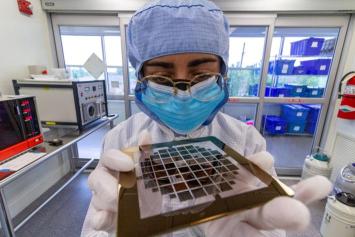
Dr. Balasubramaniam Shanker, who leads the network and is professor and chair of The Ohio State University’s Department of Electrical and Computer Engineering, said "We want to make it so that when a semiconductor company plans to move to the Midwest, they can figure out what expertise they can rely on, who they can work with, what facilities they have access to and so on. Likewise, we can help researchers discover complementary expertise and equipment that can grow their research portfolio and make a positive impact for the industry.”
Community colleges and technical schools are a key part of the Midwest Semiconductor Network. Many of the jobs needed in semiconductor facilities will be skilled technicians-- these jobs don’t require bachelor’s degrees, but the employers do need well-educated, motivated workers. Sharing some of the best practices at community colleges across the region is one of the network’s planned activities.
Fostering New Entrepreneurs to Help Fuel Our Economy
America's leading research universities have created large numbers of entrepreneurs who have gone on to raise private capital in order to start new businesses in the last decade.
According to Pitchbook, America's leading research universities make up half of the top 101 venture capital entrepreneur universities worldwide -- those with the greatest number of former graduate students to have raised capital to start innovative new business ventures.
- Ranging on the low end from a research university with 184 entrepreneurial founder alumni starting 153 ventures to one with 4,214 founder alumni starting 3,228 business ventures, these 51 leading research universities' entrepreneur graduates drew billions in private investment for new startup businesses.
When it comes to undergraduate alumni, America's leading research universities also make up 55 of the top 100 "founder creator" institutions worldwide according to Pitchbook.
- On the low end, one research university had 194 founders from among their undergraduate alumni that raised capital to start 178 businesses. On the top end, another research university had 1,811 founders among its undergraduate alumni who raised capital to start 1,642 new business ventures. Again, this means billions of dollars in new, entrepreneurial business investment.
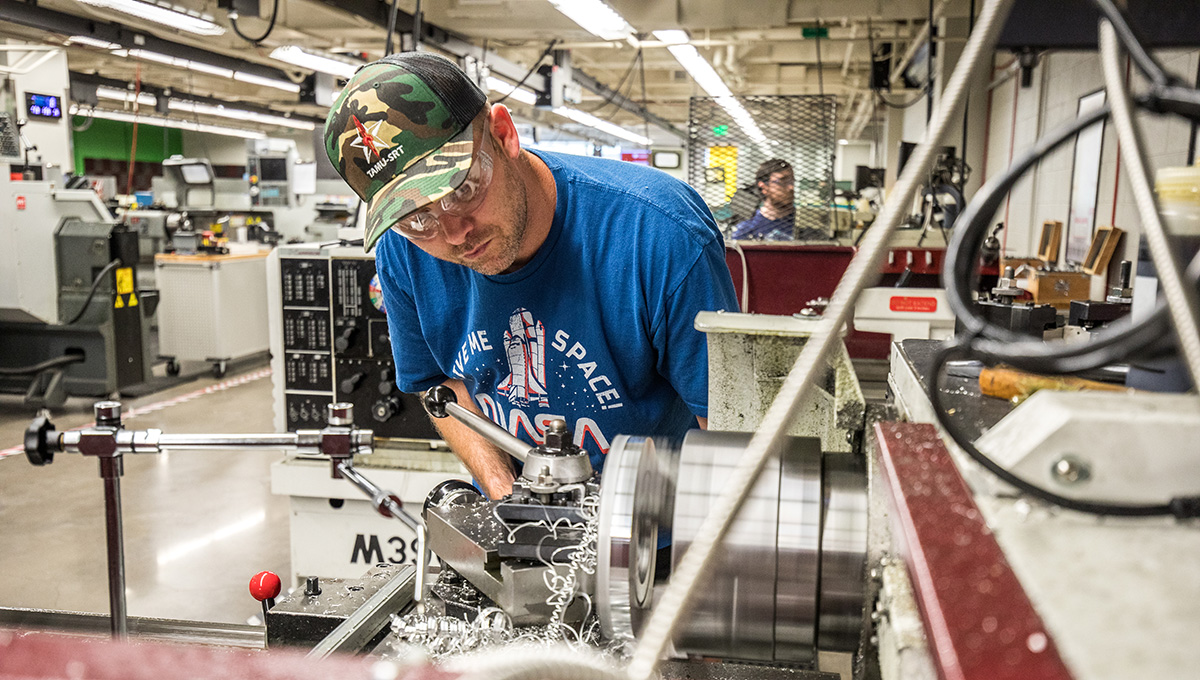
Federal Research Funding Makes It Possible
Without federal research funding from the National Science Foundation (NSF), Department of Energy, Department of Defense, and NASA, among others, many of these breakthroughs would not have been possible. In 2022 alone, the Department of Defense supported nearly $5 billion in academic research, 67% of which was performed by America's leading research universities. NSF supported over $3 billion in research, 62% of which was conducted by America's leading research universities, with NASA at $1 billion and 70% respectively.
Find out more about the amazing breakthroughs happening every day at America's leading research universities that are making the U.S. a leader in advanced manufacturing and creating jobs:



